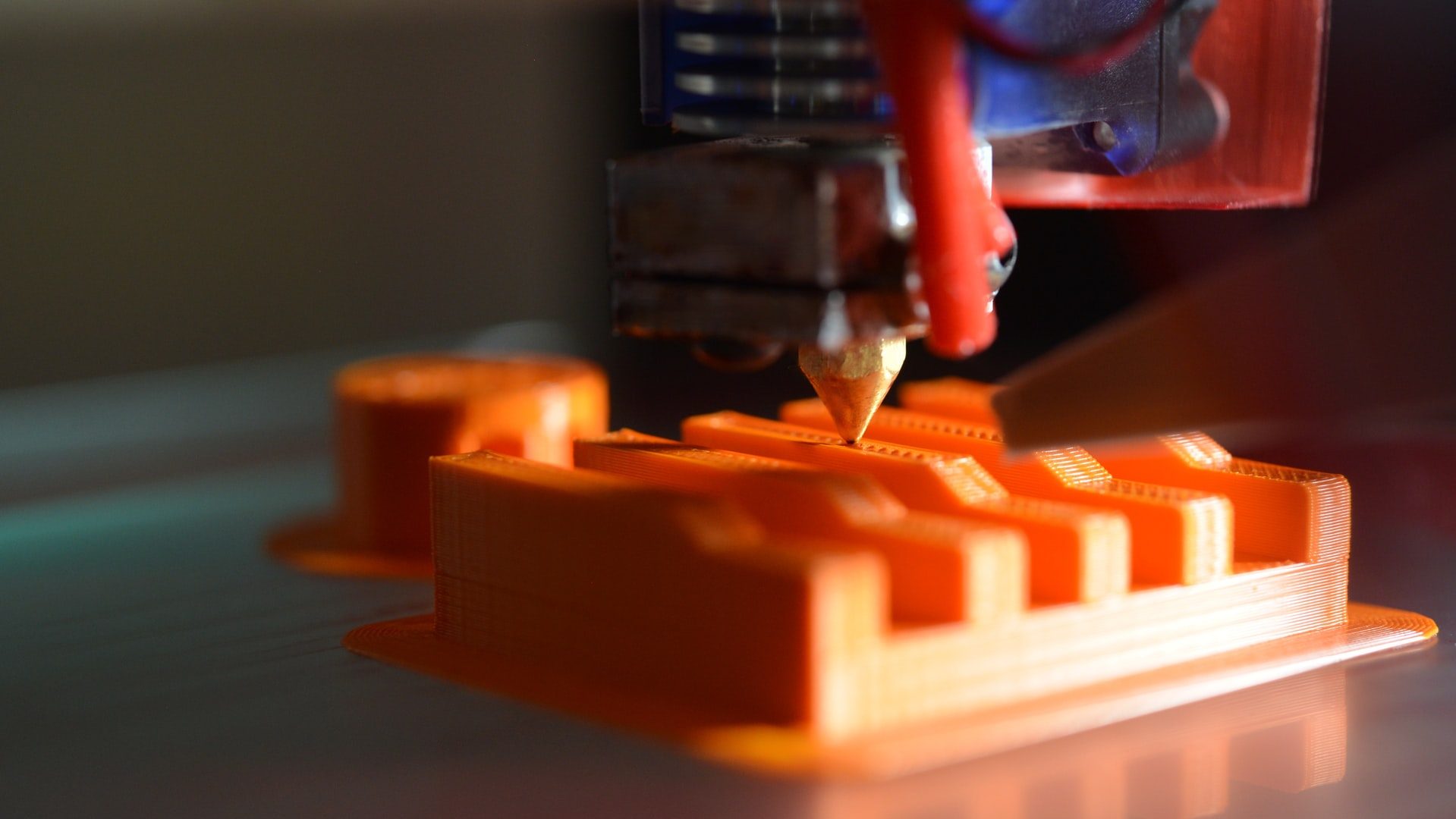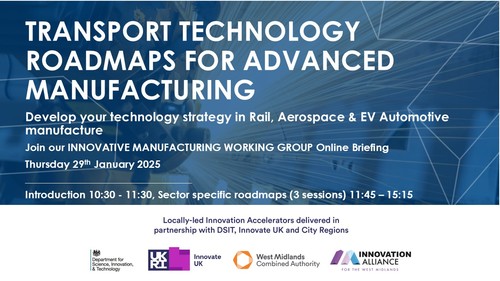
This was a special extended edition of the regular Aerospace UP “Additive Hour Plus”.
The keynote talk was focused on “Additive Manufacturing – a mainstream production process or an on-going R&D experiment?” and then applications of additive manufacturing were shared from practitioners in Aerospace, Automotive/Motorsport, Rail transport and Space industries.
The session will concluded with a panel discussion on what lessons can be transferred across different sectors and opportunities for the manufacturing supply chain to diversify.
Alongside the Midlands Aerospace Alliance, on the 8 February we held a deep dive event looking at additive layer manufacturing. There were a host of speakers from a variety of industries that lifted the lid on how additive manufacturing is being used and challenged some of the myths. There were six main takeaways from the session and some common themes from the speakers.
- Additive manufacturing is not a single process. The actual technology used in the process ranges from laser and electron beams through to binder jetting and liquid metal printing, with different forms of material including wire, power, sheet and rods. Also the process sits within a chain of activities which include post processing tasks.
- To get maximum benefit from additive manufacturing don’t use it on existing designs without modification. The processes allow for the simplification of complex parts, that cannot be created with other manufacturing processes and also allow for optimisation in terms of weight or improved mechanical performance with existing weight.
- Some industries are more advanced in adopting this technology. Although this is not a new manufacturing method it has not yet reached the mature phase of adoption. The early mainstream industries are medical, aerospace, automotive and industrial goods. Evidence of this in aerospace is in the form of the Safran Additive Manufacturing Campus where production and R&D happen on the same site, allowing for the facilitation and acceleration of knowledge sharing with a view to improving future performance.
- Consideration of material is a critical element in acceptance and benefit. Scalmalloy, a Scandium-Aluminium-Magnesium-Alloy developed for additive manufacturing, was cited several times in terms of reducing item weights. Other materials have also gained accepted as it became possible over time to prove consistent minimum mechanical properties of parts. Additive manufacturing is now used on safety critical parts in motorsport.
- There is still hype around additive manufacturing. While we may be led to believe that additive manufacturing is common place in sectors such as joint replacement, the truth is different. In 2019 less than 0.5% of replacement joints implanted were custom made. However, there is still an important role for true one-offs and mass production including situations where bone fusing is required.
- UK is in a leading position but needs to continue investment. To keep competitive there is a need in the UK to develop further the manufacturing skills required for this approach combined with a higher machine install base. More additive manufacturing system manufacturers and associated companies located in the UK would help to keep us ahead.
Thanks to David Brackett (MTC), Sébastien Messe (SAFRAN), Dave Cooper (Progressive Technology Group), Jason Gilmore (Airbus Defence and Space) and Paul Unwin (Onibury Consulting) for a very informative morning and to the MAA for organising it.

Agenda: 9:30am – 12:30pm
Keynote Talk: “Additive Manufacturing – a mainstream production process or an on-going R&D experiment?”
General overview of types of AM, including AM machines and typical costs
Global take up of AM and how the UK compares in world rankings
In which market sectors/applications is AM now a mainstream production process?
How is AM technology likely to develop in the coming years?
AM in Aerospace
Overview of AM use in aerospace and the challenges faced
A few case studies showing AM parts
AM in Automotive/Motorsport
Overview of AM use in automotive/motorsport and the challenges faced
A few case studies showing AM parts
AM in Rail transport
Overview of AM use in rail transport and the challenges faced
A few case studies showing AM parts
AM in Space
Overview of AM use in space and the challenges faced
A few case studies showing AM parts
Panel discussion
What lessons can be transferred across different sectors
Opportunities for the manufacturing supply chain to diversify
This event was brought to you by Midlands Aerospace Alliance, University of Nottingham and West Midlands Innovative Manufacturing Working Group.









